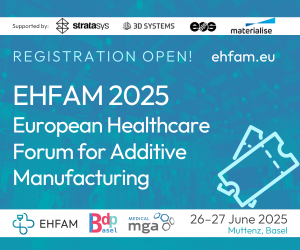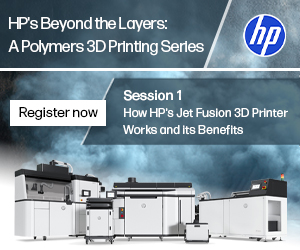Josef Prusa Releases A Resin 3D Printer the SL1 for $1599
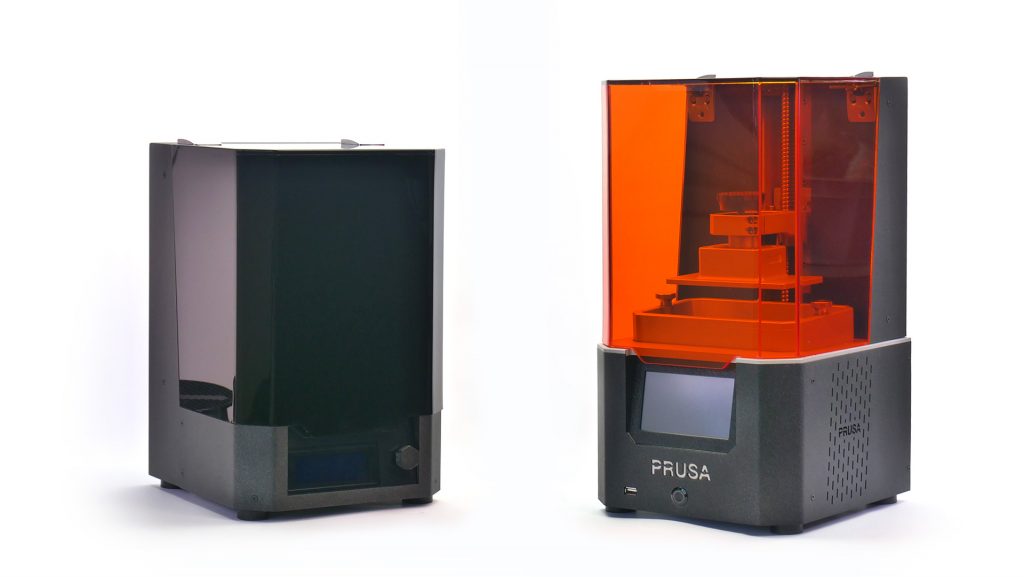 Josef Prusa is the most well-known 3D printer designer in the world. His RepRap designs have become reference designs in the 3D printing community. The Prusa Mk3/i3 is probably the world’s most popular 3D printer with hundreds of companies having copied the design and hundreds of thousands of them being sold. The company reportedly now sells thousands of printers directly as well via Prusa Research. The Mk3/i3 design is iconic and he now wants to do the same thing with resin 3D printing. Today Prusa released the an open source resin 3D printer (SLA, stereolithography, SL, vat polymerization) the SL1. The now expanded team of 320 people was strengthened this year through the acquision of Futur3D a Czech 3D printer company. With that immense manpower the team seem to have constructed a simple sytem with a lot of rigidity.
Josef Prusa is the most well-known 3D printer designer in the world. His RepRap designs have become reference designs in the 3D printing community. The Prusa Mk3/i3 is probably the world’s most popular 3D printer with hundreds of companies having copied the design and hundreds of thousands of them being sold. The company reportedly now sells thousands of printers directly as well via Prusa Research. The Mk3/i3 design is iconic and he now wants to do the same thing with resin 3D printing. Today Prusa released the an open source resin 3D printer (SLA, stereolithography, SL, vat polymerization) the SL1. The now expanded team of 320 people was strengthened this year through the acquision of Futur3D a Czech 3D printer company. With that immense manpower the team seem to have constructed a simple sytem with a lot of rigidity.
“The SL1 is using a 5.5’’ high-resolution LCD display with the physical resolution of 2560×1440p, resulting in 0.047mm per pixel, that’s the fixed XY resolution. A high-performance UV light will cure one layer at a time, which takes about 6 seconds and then the printing platform is lifted, so the printer can start creating another layer. This configuration gives us a maximum print area size of 120 × 68 × 150 mm (or 4.7 × 2.6 × 5.9 in.).
By the way, we are using a pretty smart design for the printer: its core is a rigid dural frame with a separate body, which greatly improves stability and reliability. To put it simply, it’s not another wobbly plastic thing. This thing is HEAVY! ????”
As already mentioned, thanks to Trinamic drivers and rigid dural frame, the SL1 can reach a layer height of just 0.01 mm. But most users should stay within the recommended range of 0.025 – 0.1 mm per layer. And yes, we will also give you the option to enable variable layer height. And rest assured that our printer is open to third-party resins.
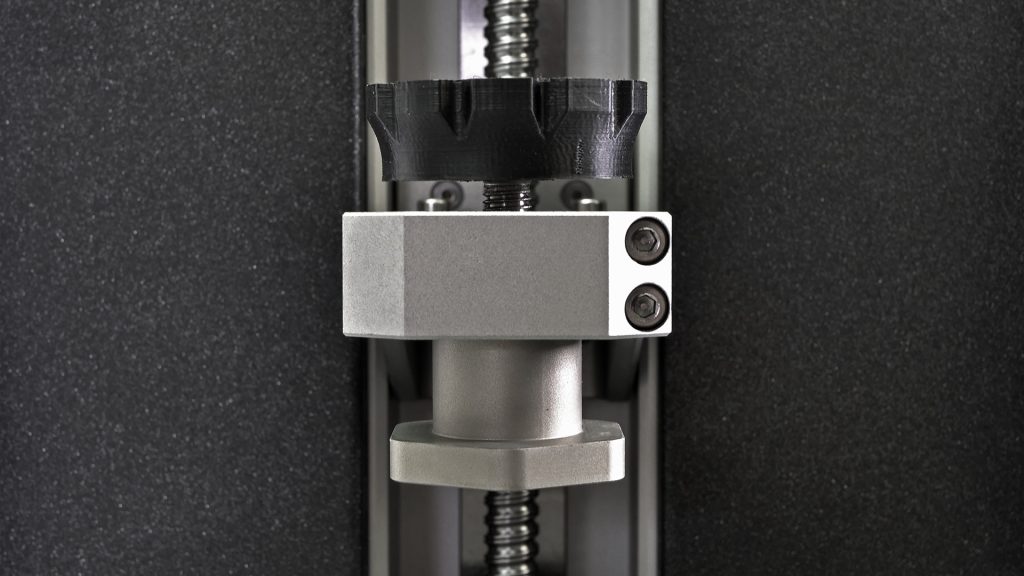
A big firm frame would improve the results significantly. Also if we look at the motion stage the parts seem very well engineered and apart from the laser this is a key part of an SLA system. The third party resins were expected and shows that they’re true to being open. There is even a tilt bed sensor and a resin sensor. The tank is pretty ingenious as well with the design comprising of a FEP film which should lower consumables cost significantly. With other printers, you may have to replace a bed perhaps every one to two liters of resin. Here you could just switch out the film for relatively inexpensive FEP. FEP film is used as the release layer in a wide range of systems worldwide and can be bought for $20 to $30 perr meter. In commercial 3D printers FEP release layers have already been replaced in this way and its great for them to have incorporated this into the design of this system.
The one OMG moment for me was this,
“Speaking of the resin tank, it’s another major feature of this printer. What we have here is a removable tank with a flexible transparent FEP film on the bottom. Right underneath it is the LCD display (cooled to improve its lifetime) and the UV light. So, first of all, the resin tank has a motorized tilt function, which means that after curing a single layer, the print is not lifted vertically from the bottom of the tank. Instead, the tank tilts – This is huge, it drastically improves the surface finish of the models and reduces the stress on the model which is less likely to detach from the base. We can do this thanks to our extremely rigid aluminum build of the printer, on something flimsy, it would just be flexing the whole printer frame.”
You can see that happen in the film here.
By motorizing the tank and tilting it instead of separating the print by moving the print platform they go about stereolithography differently than others. I don’t know if it can improve results but I can appreciate that by not dislodging the model from the base there could be less stesses on the part. One can also buy a washing station and they even thought about cooling and ventilation showing us that this is a very complete solution. And the price $1599 which is a very competitive price point.
You can buy the printer from Prusa here.
Reasons to be optimistic about this?
Prusa is a gifted designer and he is known for making reliable platforms that work. The spare bare-bones functionality of the Mk3 means that a value engineered 3D printer also has one of the best print qualities of any printer when tweaked properly. The Mk3 became iconic due to the fact that it was easily tweaked and improved. The system remains cheap and is easy to construct while giving good stability. This lead it to be the most popular 3D printer in the world.
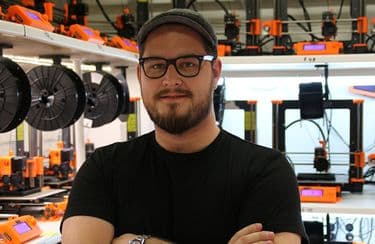
While XYZ Printing and others have launched stereolithography systems Formlabs rules the roost. Other SLA systems simply did not get any traction yet. A Prusa reference design may make the resin market much more accessible and lead to dozens of copycats using this system. This will make printers and printed parts less expensive and will expand our market which is good for all of us.
Compared to the riotous `FDM (Fused Deposition Modeling, FFF, Material Extrusion) ecosystem, things in stereolithography have been comparatively boring. 3D Systems continues to make its systesm for industry and Formlabs has turned itself into a unicorn on your desktop. There are like six resin vendors, no other supplies companies, very little in the way of software and very little in the way of ancillary services. Meanwhile in FDM has all of this in spades throughout the world with hundreds of materials and supplies vendors pushing the technology. Could this development set of another Cambrian explosion, this time in SLA? Will this mean that we will see the market entry of dozens of vendors new to 3D printing coming from the UV curing and coating businesses? Will we a few years from now we have as thriving a business in SLA as FDM?
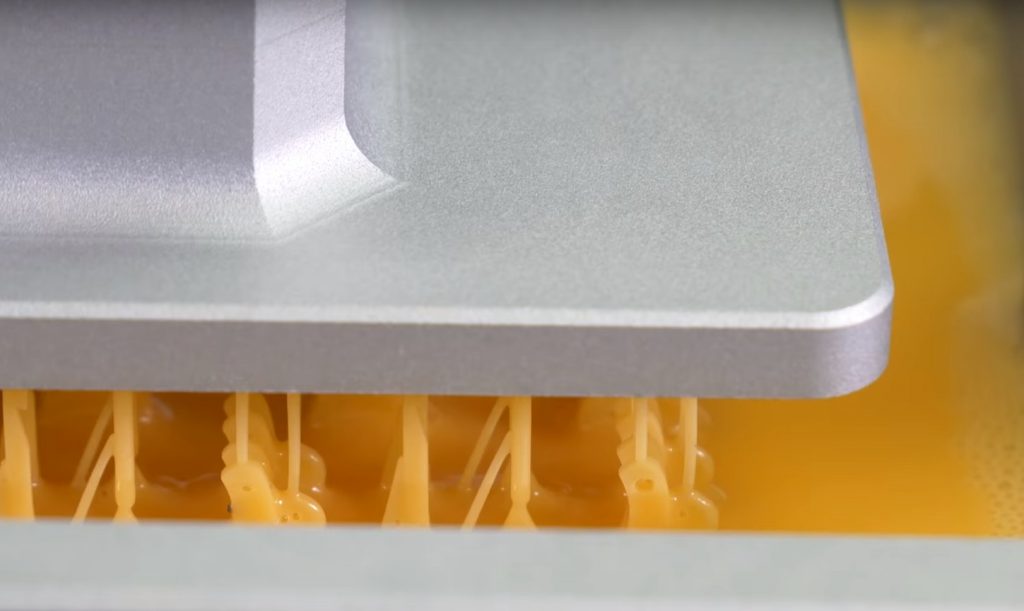
Currently, SLA and the related DLP technologies are widely used in making millions of jewelry casts. hearing aids and molds. The 3D printer operators toolkit is greatly expanded by this new system. One could now inexpensively manufacture many custom molds and many unique items. Resins are expensive though as are systems many more manufacturing applications could be possible now that were not before.
The parts look very high quality and the machine looks very well built. Some of the design features are really well-considered ones for the user and would lower their cost. The price point is a very affordable one. If the frame and motion stage work and the recoating works then this thing could keep on going for a very long time.
If the system is well constructed and the parts are well made then this could be a very inexpensive device capable of real manufacturing (of small items).
Reasons to be cautious about this?
It is relatively a simple thing an SLA system, with far fewer parts than an FDM one. But, it needs to be very precise to work. More watch than Chevy Smallblock engine it typically attracts and takes a different type of engineer to get this right.
It will be the first time that they work with these types of systems and materials as well as this software this could be problematic.
Some of these resin materials can be very dangerous for human health. I really worry that people will turn to resins that are low quality or come from low-quality companies. In the past I’ve seen resins used that should have been no where near a person or a product held by people. In some cases, the photopolymers used in SLA do contain carcinogenic materials and materials that lead to cell death. In all cases, the photoinitiator is a skin irritant that can cause a lifelong contact allergy. We need to be careful when building and operating these machines and working with these materials. FDM was a bit harmless save the fumes and this has made us complacent. People should always wear gloves when handling uncured SLA parts and the resin in liquid form. Operators need to be cautious with handling vats or smaller containers of resin and we should all make sure that parts are fully cured. This is not kids stuff everyone.
At Prusa there have been some issues with some models of latest generation of Mk3 printer. Every printer manufacturer will have an occasional oops but the current layer skipping issue on some the latest Mk3 printers can be a worrying sign. One that has by the way pointed out by people who make their money through affiliate marketing of competing Prusa clones. So do take the skipping issues with a grain of salt. Compared to issues that have affected other players this seems relatively minor though. It will incur some cost for the company. It seems that the firm is forging ahead with new futures however and has left that behind it.
For who is the Prusa SL1?
I think it will be for makers with good day jobs initially who subscribe to the open source ethos. Then a lot of manufacturers in China will buy it to see if they can copy it well because having it would give them more insight than just the open source files. Ultimately, however, a refined and working version of this printer could be very interesting to manufacturers. One key advantage to open source that has been little understood or highlighted is that there is no lock in with the vendor. A manufacturer using these could just go to someone else at all times, this would be a comfort to them. It is early days yet and we have yet to do any kind of evaluation of the thing working but initially, this is very promising. I personally haven’t been as excited about a desktop 3D printer in a long time.
This is truly a very exciting announcement by Prusa. It could just be a blip in the market but it may mean a big boost for 3D printing in terms of price and availability growing our industry significantly. The Prusa SL1 ships from December and can be bought here.
Subscribe to Our Email Newsletter
Stay up-to-date on all the latest news from the 3D printing industry and receive information and offers from third party vendors.
Print Services
Upload your 3D Models and get them printed quickly and efficiently.
You May Also Like
Disruption, as Usual: Rich Garrity on How Stratasys Plans to Capitalize on 3D Printing’s Latest Big Opportunity
Few companies in the history of additive manufacturing (AM) have had as much impact as Stratasys on the overall course of the industry’s development. Stratasys has existed for about as...
3D Printing Financials: Stratasys Kicks Off 2025 with Fresh Cash and a Tight Grip on Strategy
Stratasys (Nasdaq: SSYS) started the year with strong momentum, adding fresh cash to its balance sheet and achieving profitability on an adjusted basis. The company also gained a new investor,...
Stifel’s AM Forward Fund Launches, Looking for US Manufacturers to Invest In
The need for greater resiliency in the defense supply chain is real and urgent. One area the US government has been focusing on is building a faster and more sustainable...
Driving Sustainable Additive Manufacturing: Continuum Powders Joins AMGTA as Principal Member
Texas and California-based Continuum Powders, a leading supplier of high-performance, sustainable metal powders for additive manufacturing (AM), is further strengthening its commitment to sustainability and circular manufacturing by joining the...















